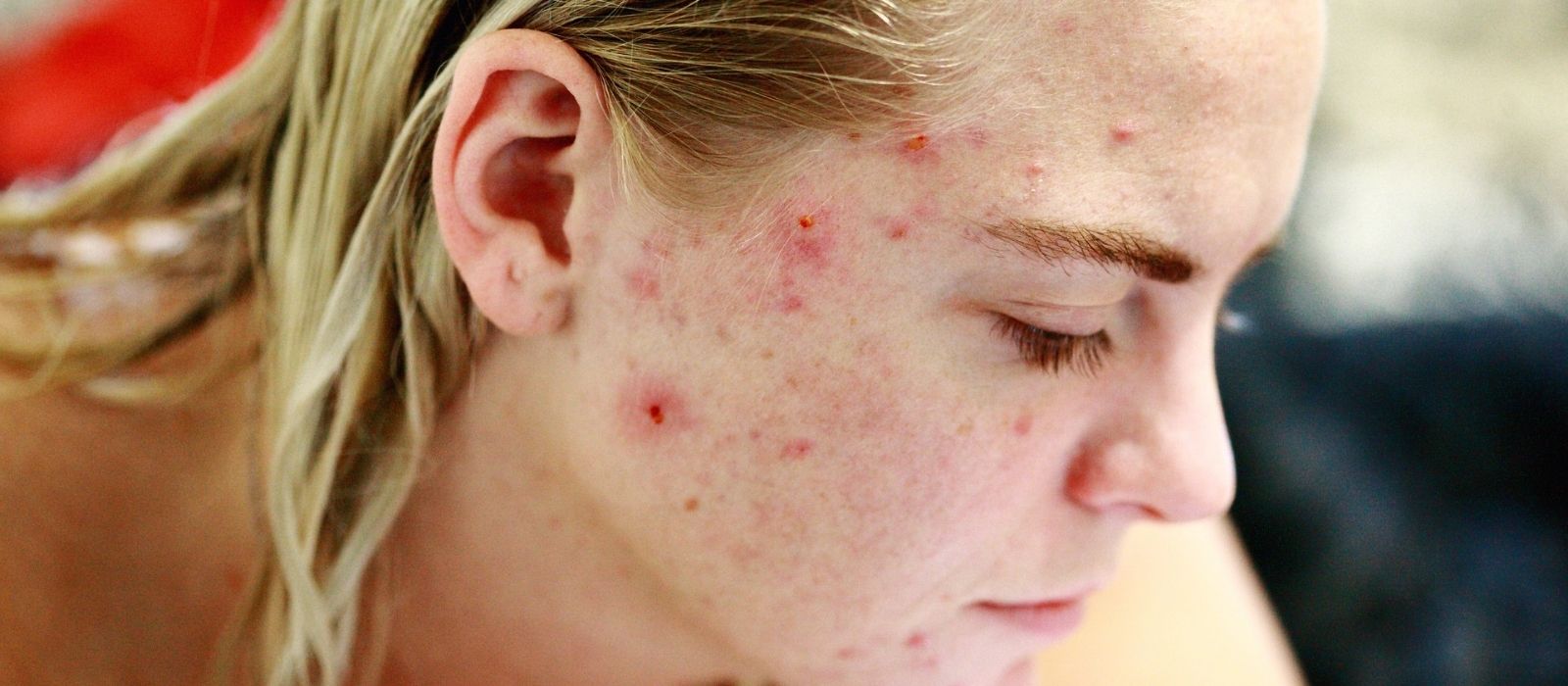What is Acne?
Acne is a really common disorder in adolescence; and, sadly,
scarring following acne takes place early and may affect 95 percent of
clients depending on seriousness of acne and delay in treatment.
Acne scars are mainly seen on the face and can trigger
extensive psychosocial distress in the growing years as well as in
adulthood. Dealing with acne scars is challenging as postacne scars
are polymorphic and management includes the use of various
techniques depending upon the kind of scars.
The excellent news is that there has actually been an explosion of more recent techniques for dealing with acne scars and the shift has actually occurred from invasive innovations
needing a great deal of downtime to minimally intrusive strategies,
requiring lesser downtime, which benefits clients.
Acne is a persistent inflammatory disease of the pilosebaceous
unit which consists of the hair shaft, the hair roots, the sebaceous gland, and the erector pili muscle (which causes hair to stand on end when it agreements).
What are Acne Scars?
Scars are areas of fibrous tissue that change regular tissues after
any injury or illness. It is a natural process of wound recovery.
There are 2 types of recovery procedures: regrowth and repair.
The liver and the skin of the skin heal by regeneration,
i.e. reproduction of cells to bring back original structure and
function. This kind of healing leaves no scars. Nevertheless, a lot of
organs in human beings, including the dermis of the skin, recover by repair work,
ie. deposition of fibrous tissue, in order to maintain continuity
of tissues. This procedure of repair work causes scar formation. Scar
formation can be atrophic with loss of tissue, or hypertrophic,
with excess tissue. In acne, scarring is more frequently atrophic
causing anxieties and unusually hypertrophic leading
to raised scars.
Why does Acne Scar?
Acne is an inflammatory procedure that extends into the dermis,
Scarring occurs early. In the noninflammatory stage,
There is no scarring when there are just comedones. As soon as
the noninflammatory lesion develops into an inflammatory
sore, the mechanisms of wound recovery are activated. If the inflammation is deep and comprehensive, extending into the deep dermis and continues without treatment, scarring results. The various
types of scars in acne are an outcome of the degree, extent and depth
of inflammation that is followed by repair. A study compared the
immunohistochemical and histopathological features of acne
lesions that were prone to scarring versus those that did not scar.
It was discovered that a primarily particular immune action was
present in patients prone to scarring, which was initially smaller
and inefficient, however was increased and triggered in dealing with
lesions. Excessive swelling in healing tissue contributed
to scarring. On the other hand, sores that did not scar showed a big
and active nonspecific inflammatory reaction (few memory
T cells) in early lesions, which went away rapidly when the sore
was dealing with. Managing inflammation early is most likely
the secret to lower or avoid scarring in acne.
When does Acne Scar?
Scarring in acne begins early and can affect 90 percent of clients
depending on the seriousness of acne and delay in treatment. To understand the pathophysiology of acne scars, it is first necessary to comprehend the pathogenesis of acne.
The Medical Side of Acne
Acne is an extremely intricate illness with an interaction of several
pathogenetic aspects that involve irregularities in skin
keratinization, androgen secretion, increased sensitivity to
flowing androgens, sebaceous function, bacterial development,
swelling, and immunity.
There are 4 fundamental mechanisms associated with the pathogenesis of acne vulgaris:
- Hyperkeratinization of the sebaceous duct.
- Colonization with Propionibacterium acne (P. acne).
- Increased sensitivity to circulating androgens.
- Swelling.
Acne starts in the pilosebaceous follicle that has a small
pilary structure and a big sebaceous gland. The follicular canal
is composed of two parts, the superficial upper area, the
acroinfundibulum that is structurally similar to the skin
and the lower infrainfundibulum. The earliest event is the
development of the microcomedo, which is scientifically unapparent,
but triggers inflammatory acne. Malfunctioning desquamation of
the infrainfundibular part of the follicular lining lead to
the epithelium coming off in sheets rather of shedding as great
particles. These are incapable of exiting through the follicular
orifice. This leads to a plug of keratinous material which distends
the sebaceous hair follicle, forming a comedone. Comedogenesis
is therefore the build-up of corneocytes in the pilosebaceous
duct. This could be due to either hyperproliferation of ductal
keratinocytes, inadequate separation of the ductal corneocytes
( increased stickiness) or a combination of both elements.
Androgens likewise contribute in comedogenesis. The enzyme 5
alpha-reductase (type 1) exists in the infrainfundibulum
part of the duct and the sebaceous gland. Antiandrogen treatment
lead to decreased comedogenesis.’ The microcomedo might stay
as it is, may fix spontaneously with the hair cycle, increase the size of
into a closed or open comedone or it may become an inflamed
acne lesion, from which scarring is most likely. The trigger for
the inflammation of the microcomedo is the Propionibacterium
acnes (P. acne), which lives in the microcomedo and triggers
the immune and inflammatory reactions. Greater the immunity,
higher is the inflammatory reaction and greater chances of
scarring. Swelling plays a major role in the advancement
of sores and in acne scarring. In fact evidence is emerging that
subclinical swelling takes place even prior to comedo development
and acne is mostly a cronic inflammatory disease.
Recent reports have revealed that P acne trigger the toll-like receptor 2
on neutrophils and monocytes, which causes the production of
numerous proinflammatory cytokines, including IL-12, IL-8, and
growth necrosis factor. The process of inflammation leads to a
rupture of the follicular wall, with inflammation extending into
the dermis. When noninflammatory comedone, acne scar begins it
progresses into an inflammatory sore and begins the process of
wound healing in the dermis.

Leave a Reply